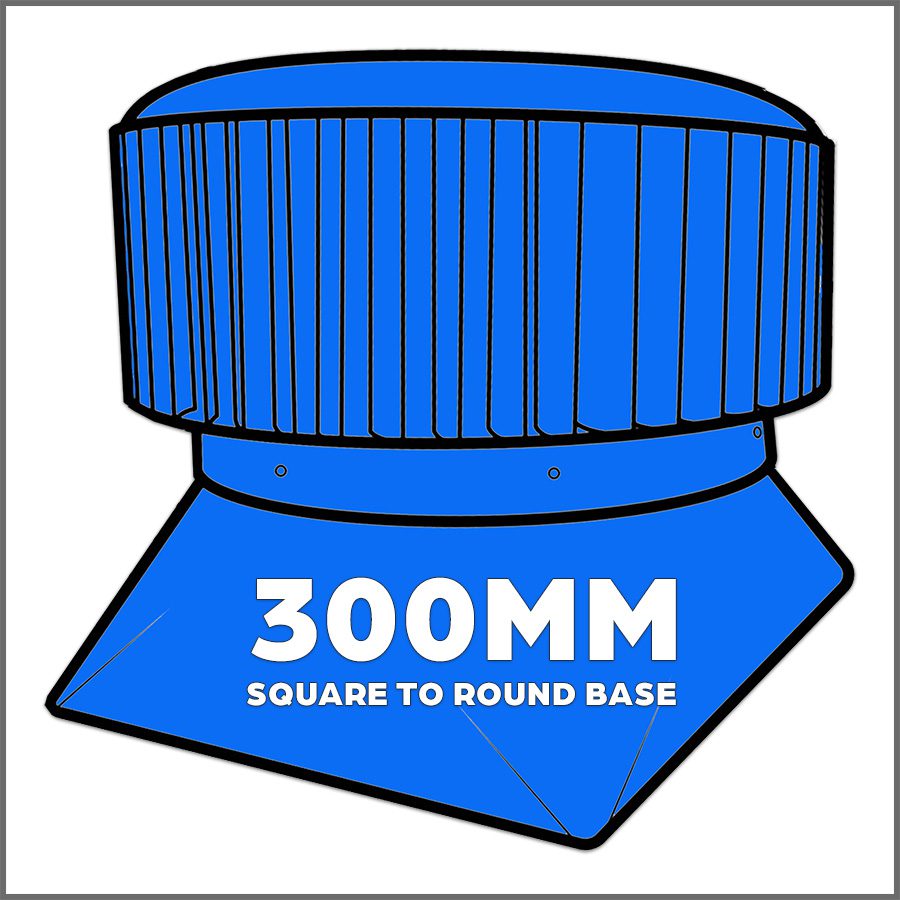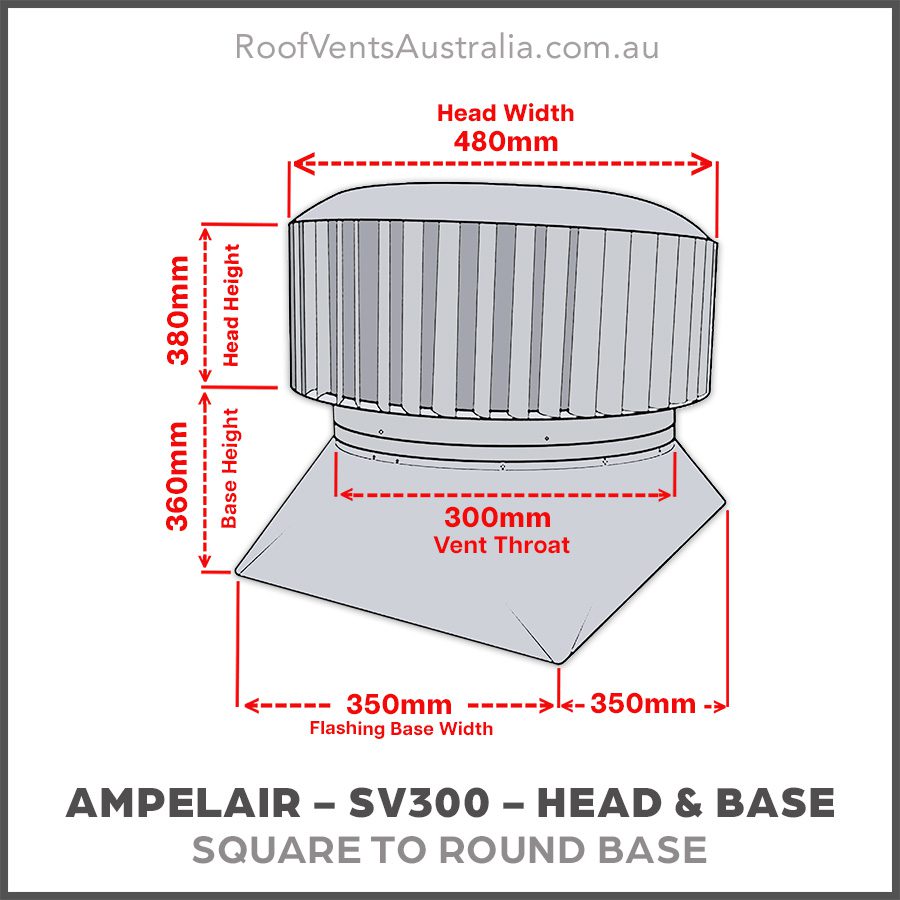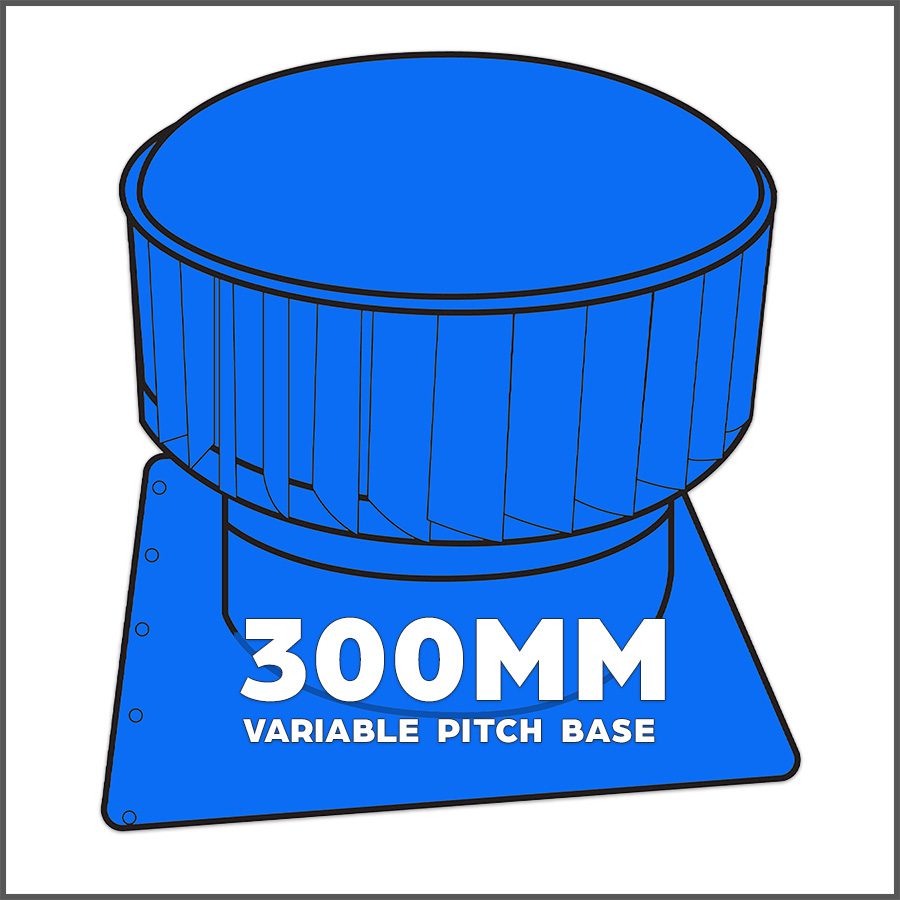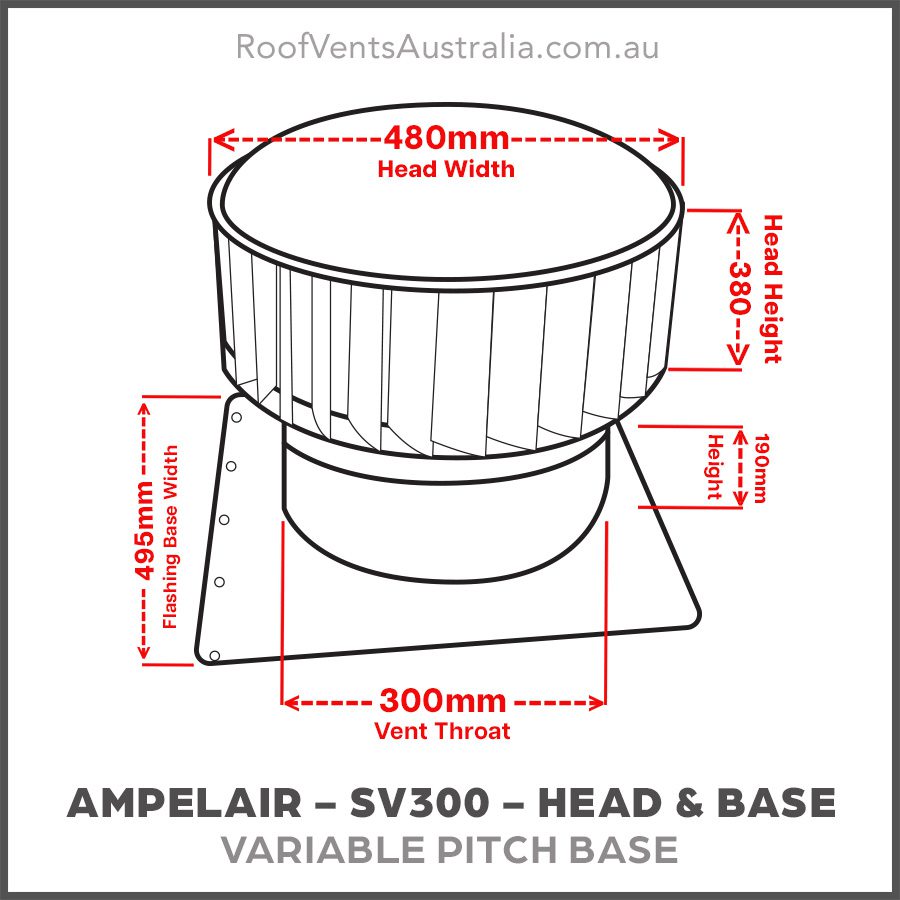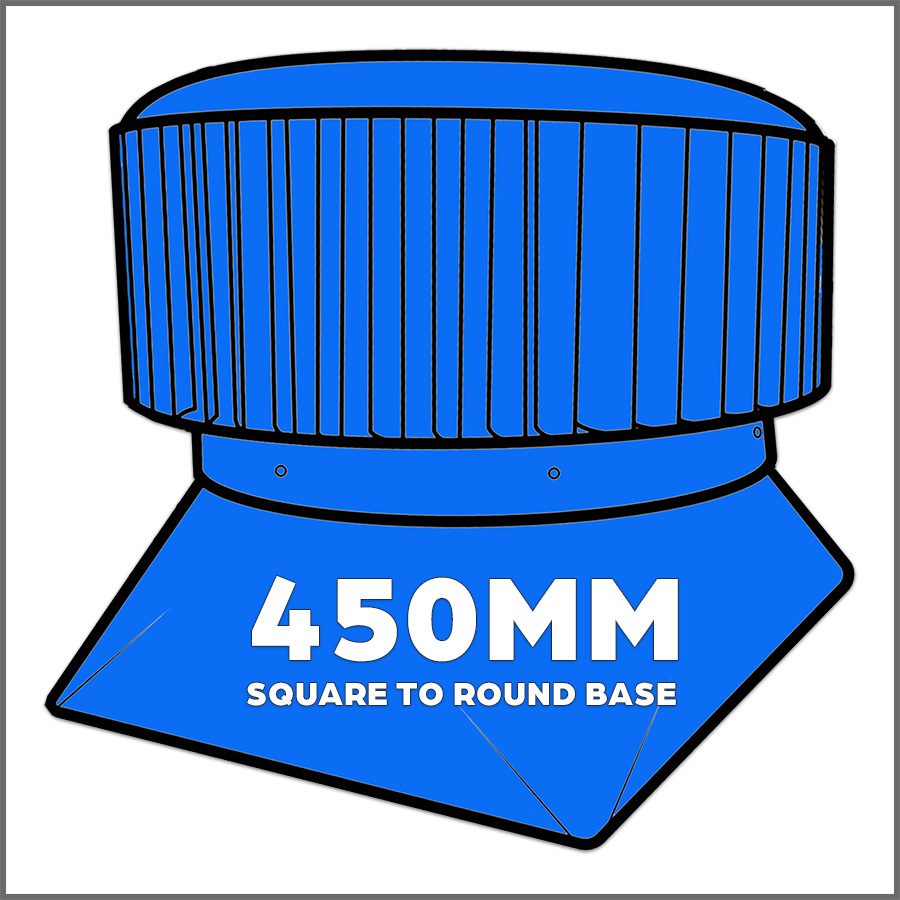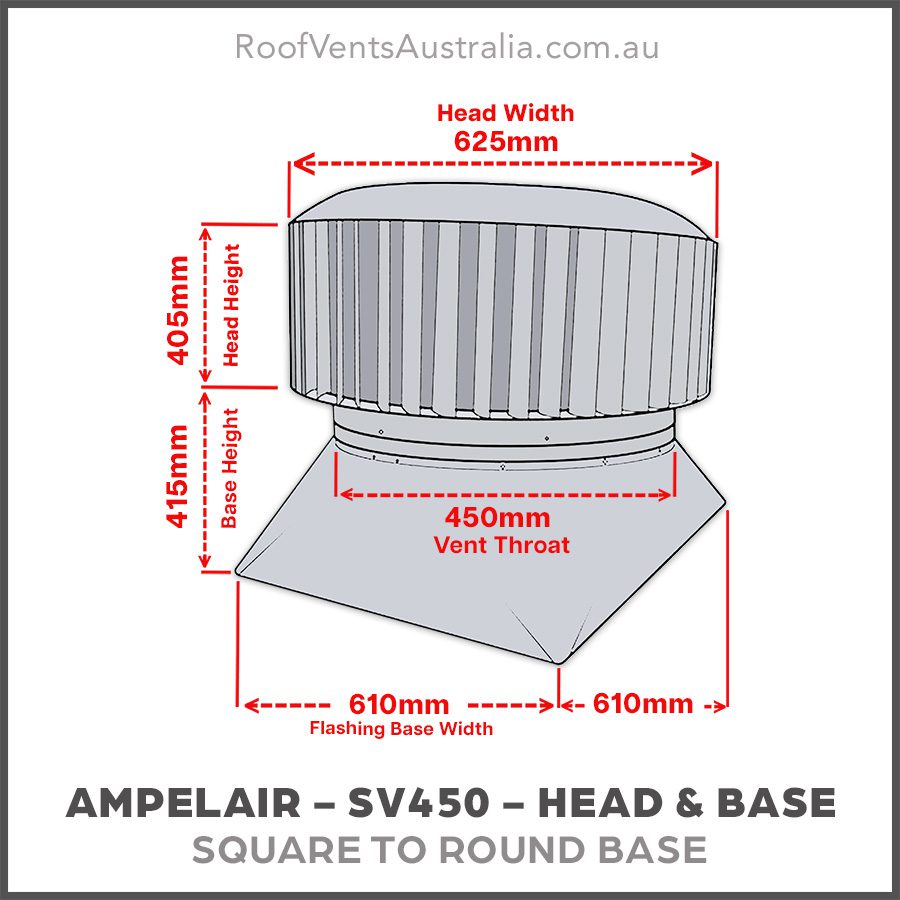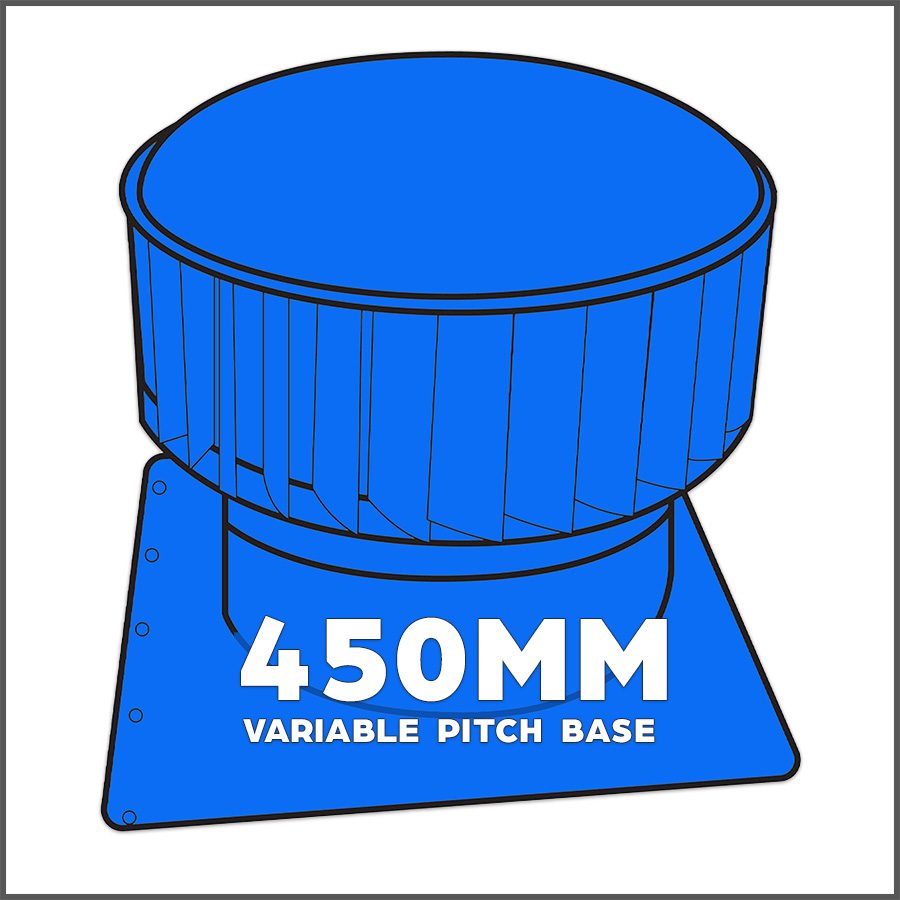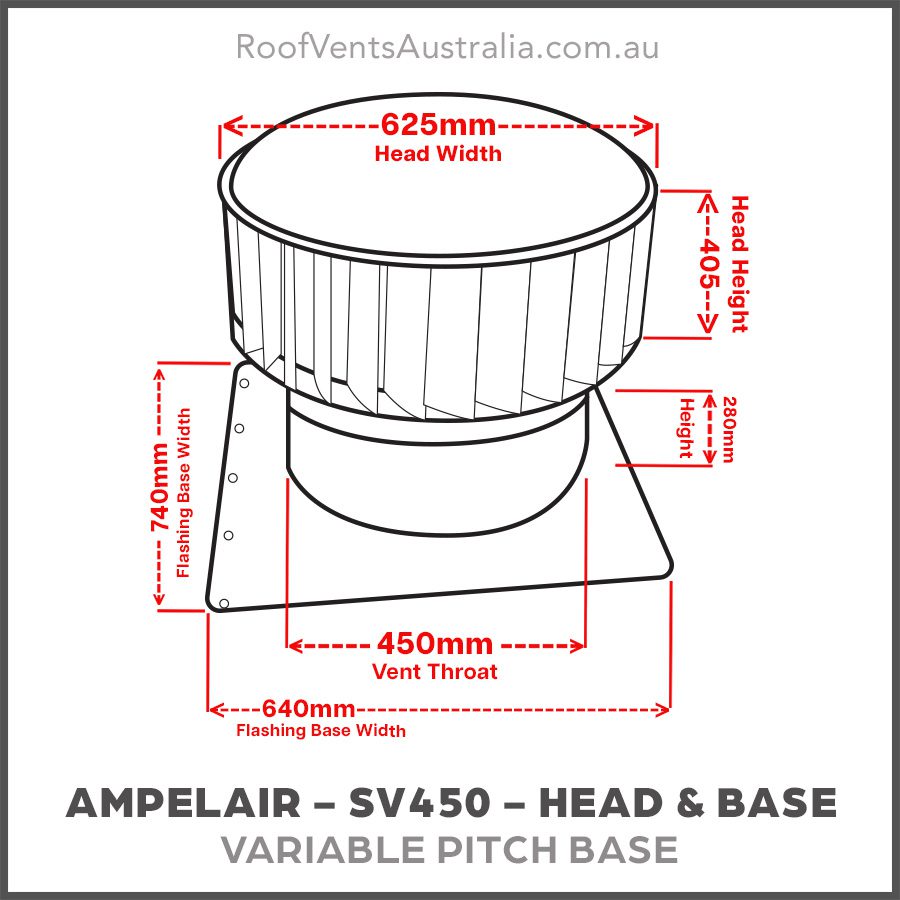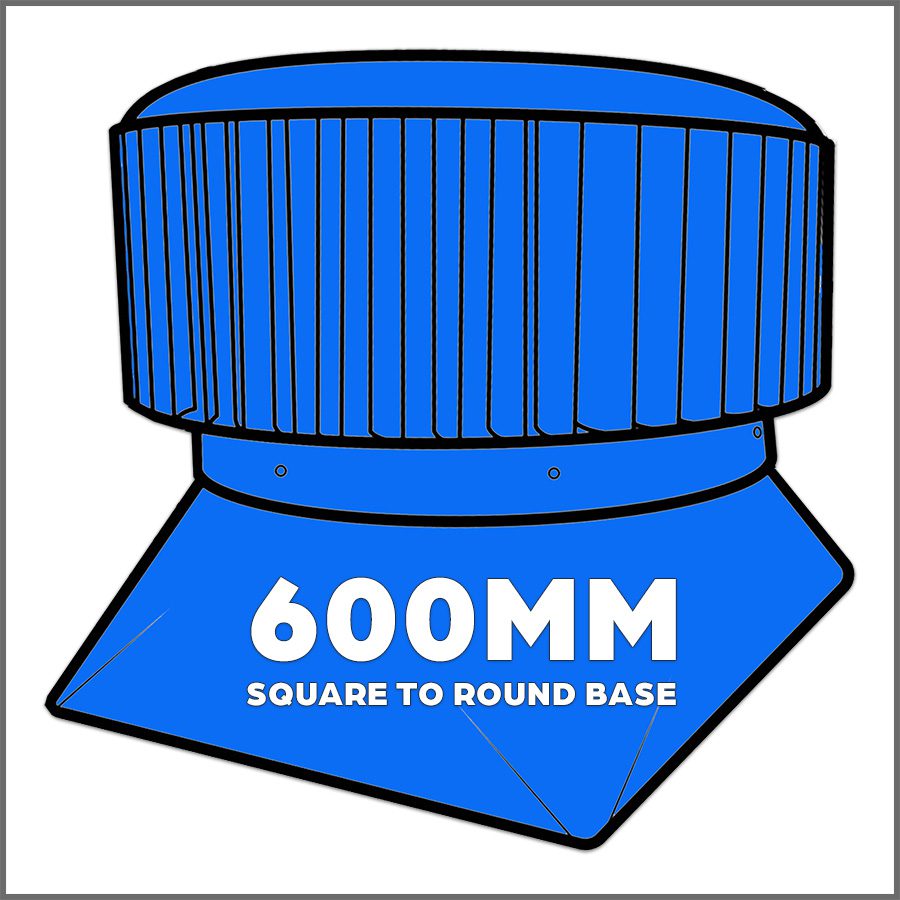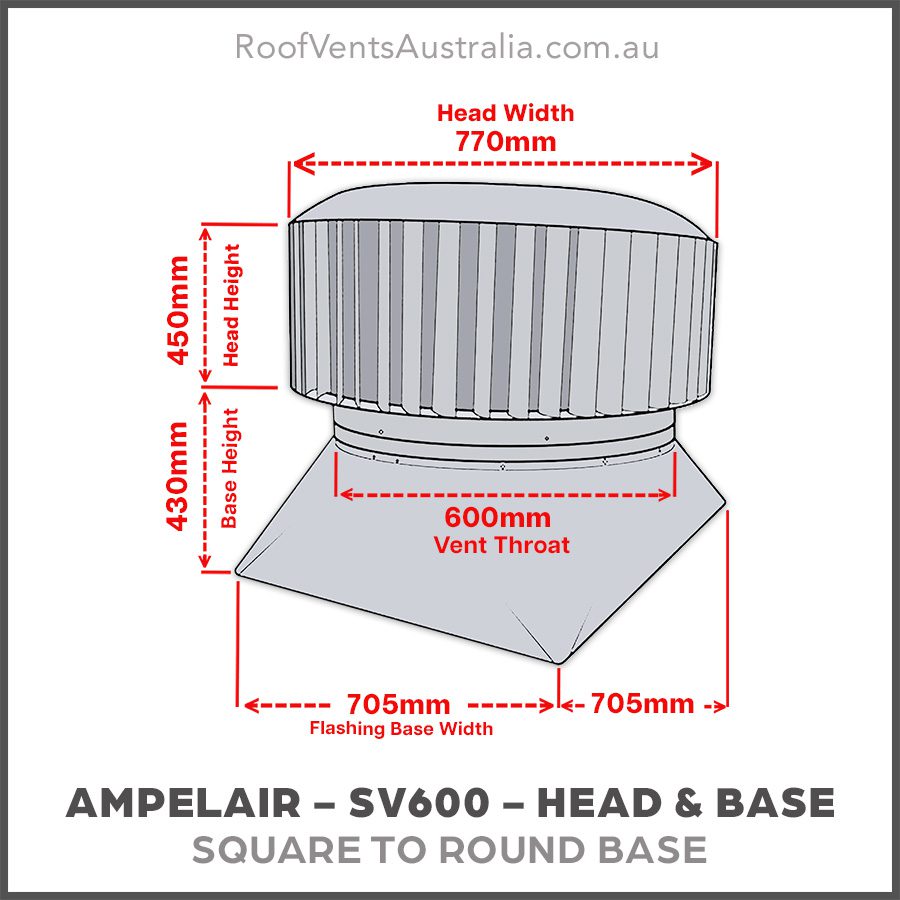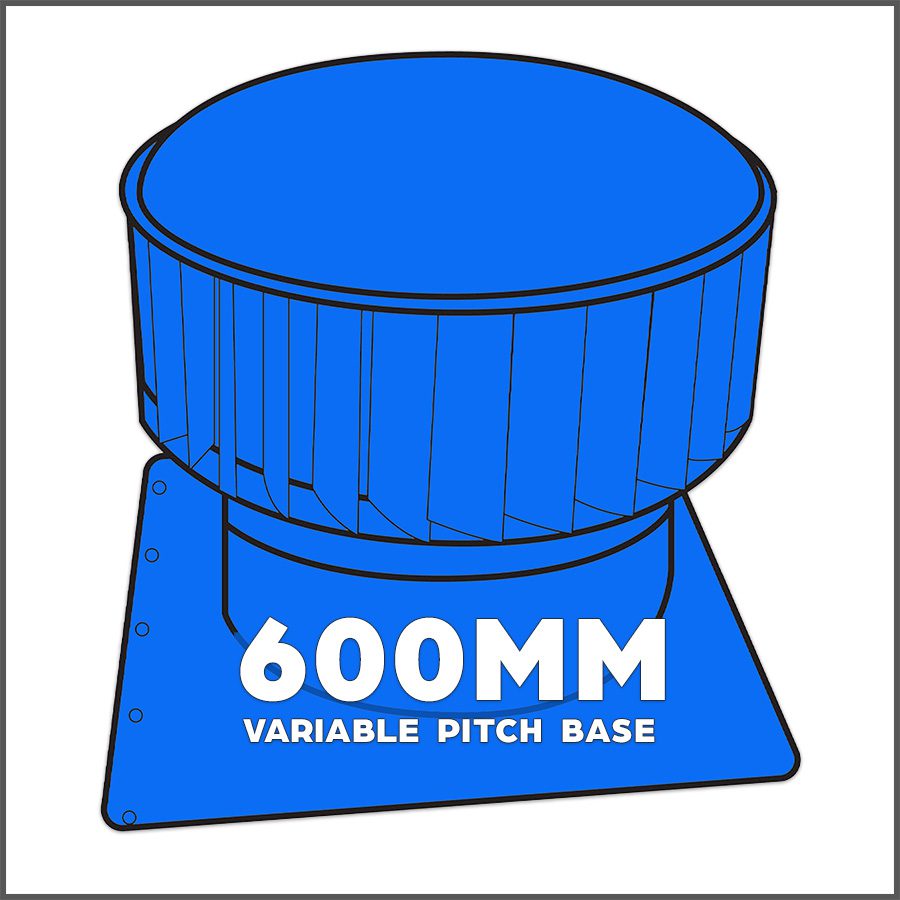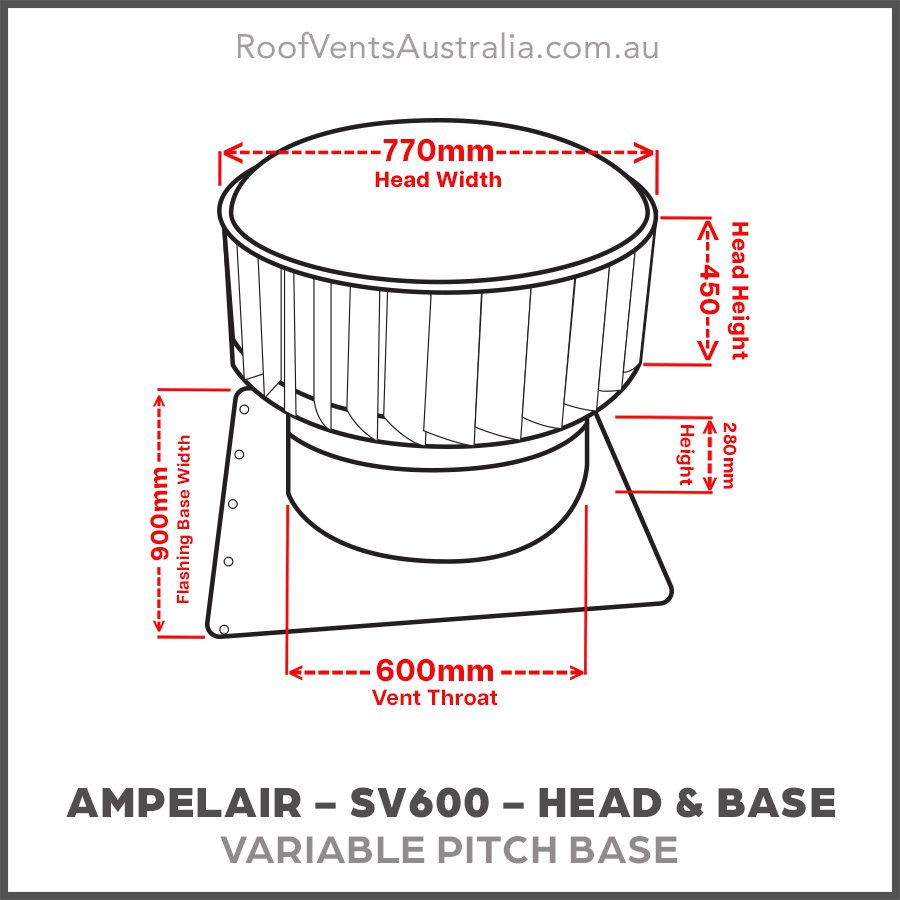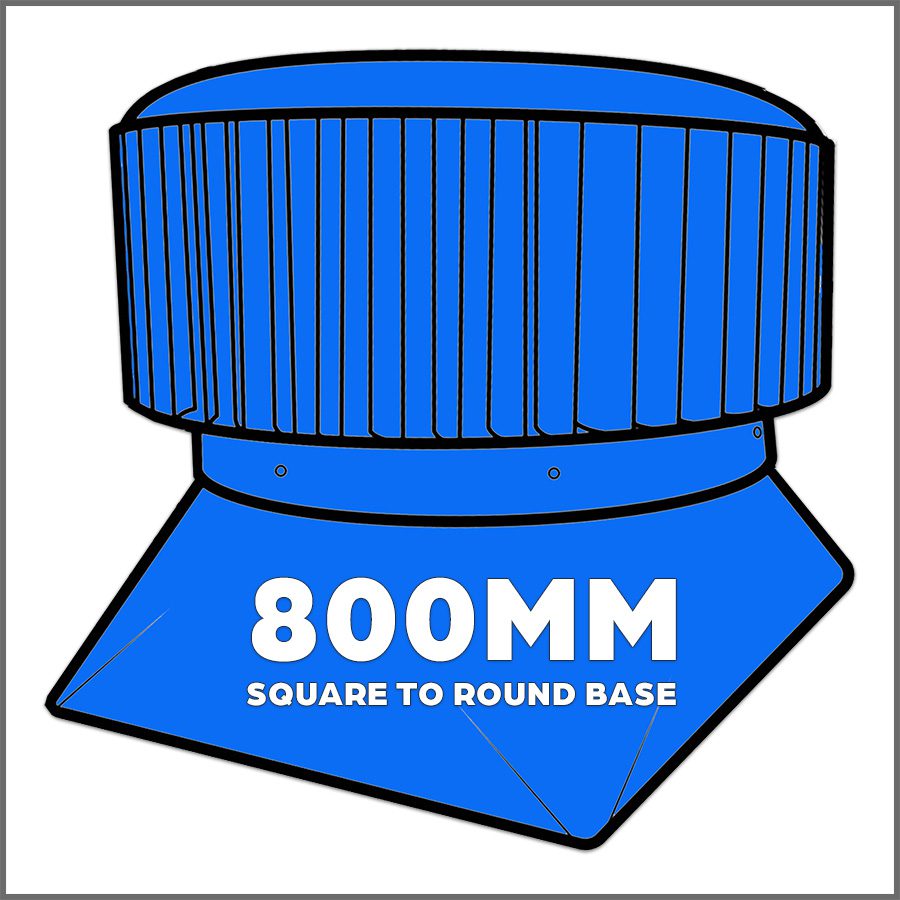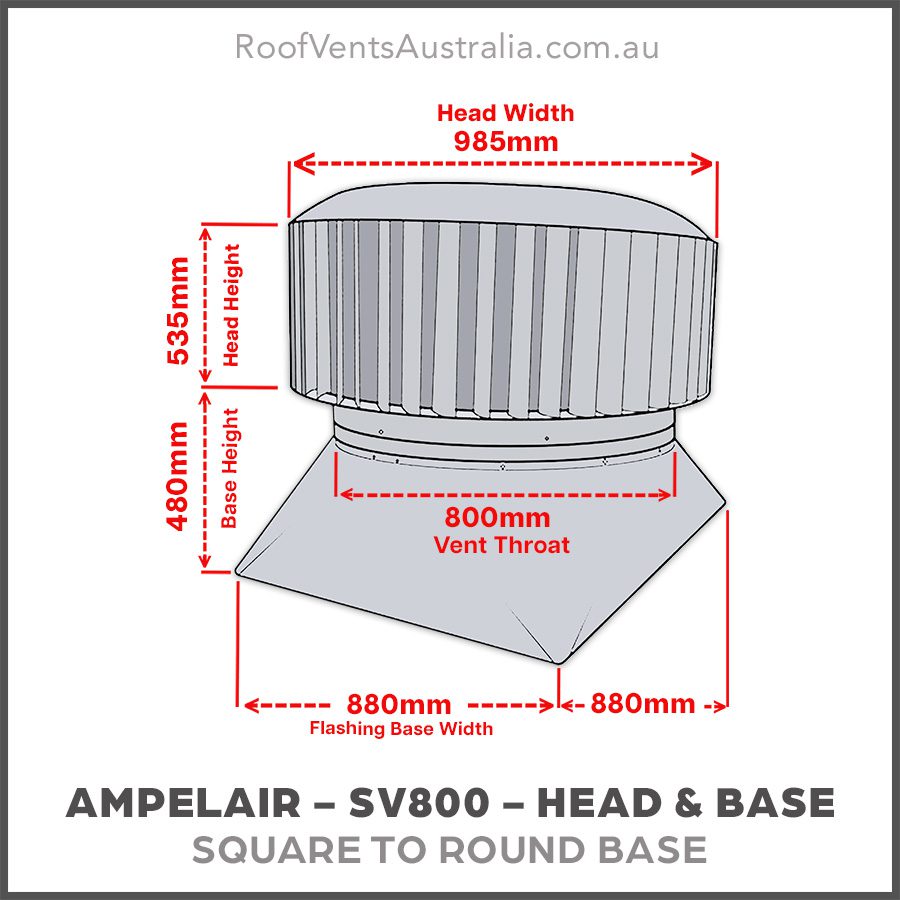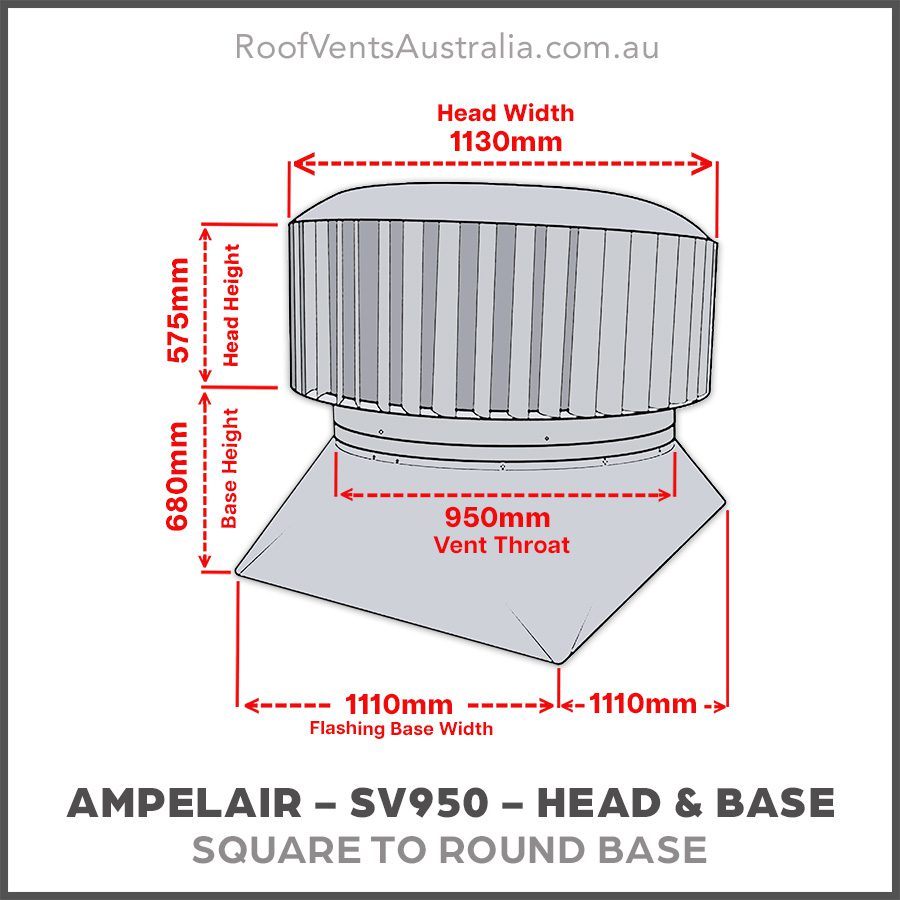Commercial Wind Turbines – Whole Units
300mm-SR | 300mm-VP | 450mm-SR | 450mm-VP | 600mm-SR | 600mm-VP | 800mm-SR | 950-SR
Ampelite SV Industrial Ventilation PDF
300mm-SR | 300mm-VP | 450mm-SR | 450mm-VP | 600mm-SR | 600mm-VP | 800mm-SR | 950-SR
300mm-SR | 300mm-VP | 450mm-SR | 450mm-VP | 600mm-SR | 600mm-VP | 800mm-SR | 950-SR
300mm-SR | 300mm-VP | 450mm-SR | 450mm-VP | 600mm-SR | 600mm-VP | 800mm-SR | 950-SR
300mm-SR | 300mm-VP | 450mm-SR | 450mm-VP | 600mm-SR | 600mm-VP | 800mm-SR | 950-SR
300mm-SR | 300mm-VP | 450mm-SR | 450mm-VP | 600mm-SR | 600mm-VP | 800mm-SR | 950-SR
300mm-SR | 300mm-VP | 450mm-SR | 450mm-VP | 600mm-SR | 600mm-VP | 800mm-SR | 950-SR
300mm-SR | 300mm-VP | 450mm-SR | 450mm-VP | 600mm-SR | 600mm-VP | 800mm-SR | 950-SR
300mm-SR | 300mm-VP | 450mm-SR | 450mm-VP | 600mm-SR | 600mm-VP | 800mm-SR | 950-SR
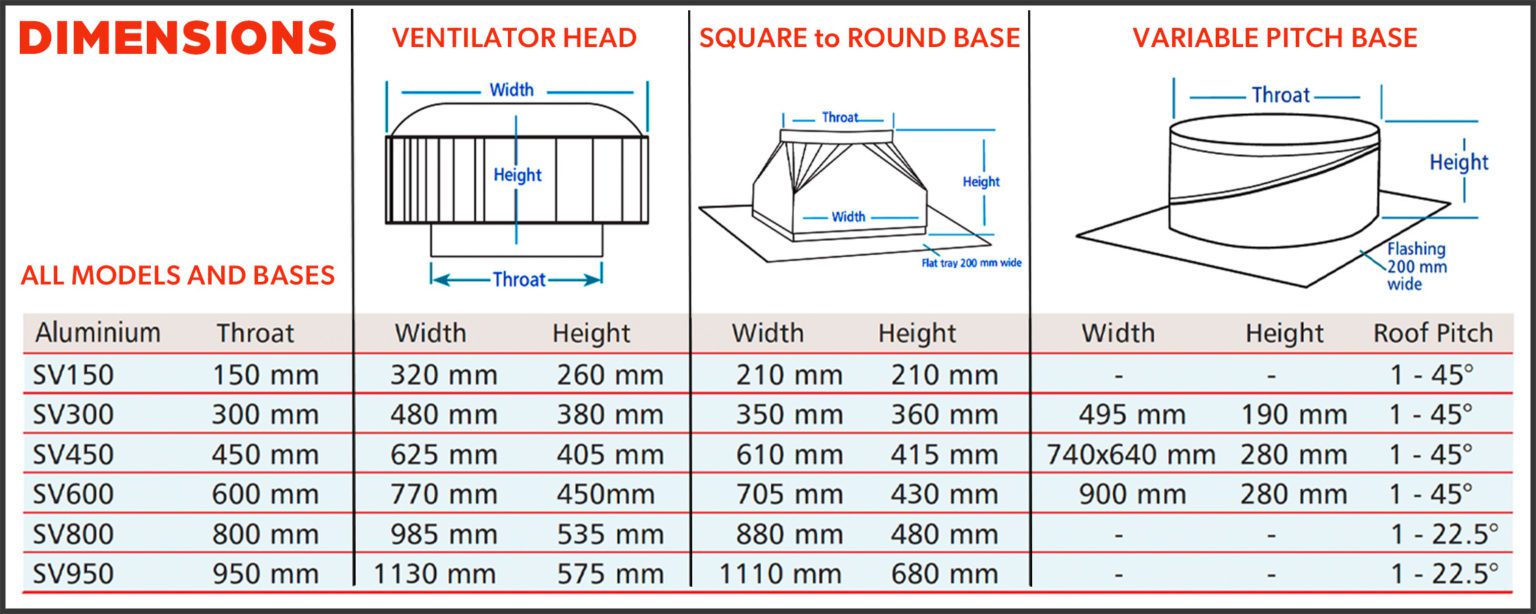
[gravityform id=”20″ title=”true”]
Harnessing Wind Power for Improved Air Ventilation in Commercial Environments
Amidst the surging demand for green alternatives, the world’s economy is witnessing a gradual yet steady shift towards operation through renewable energy sources. Amongst other things, wind-powered turbines are playing a valuable role in meeting the ventilation requirements of various industries. The central purpose of this article is to explain why and when industrial wind turbines can serve as a valuable addition to the existing ventilation technique of commercial ventures, considering things such as the size of the workforce as well as the dimensions and operations of the warehouses.
Understanding the Need for Efficient Ventilation
Good ventilation is crucial in commercial settings, especially in a large industrial warehouse where air quality is important for workers’ and operations’ health. Stagnant air could lead to heat accumulation, moisture accumulation, and the concentration of air contaminants such as dusts and fumes. Poor ventilation not only worsens employee comfort but could also bring health hazards and reduce operations’ productivity.
The Role of Wind-Powered Turbines
Wind – electricity turbines is a sustainable solution that provides a wind-powered solution to the ventilation challenges in commercial areas. The shift to green energy is vital for sustainable development that is why using wind turbines to circulate air in commercial areas sounds as a great idea. The electricity often used in building ventilation comes from non-sustainable energy sources that leave behind destruction caused by the burning of fossils fuels in the atmosphere. Therefore, wind-powered turbines will provide colonists with clean and cheaper energy compared to electricity produced from extracting other materials till they are abandoned.
Tailoring Ventilation Solutions to Warehouse Specifications
So a more nuanced grasp of criteria specific to the size, shape and dynamics (including occupancy) of industrial warehouses is crucial to the efficacy of wind-powered ventilation systems. Establishing the optimal configuration of wind turbines in a given facility will depend on the following criterion:
1. Number of people at work The size of the workforce will impact the amount of ventilation needed – the more people, the more ventilation that is required, and potentially the more air, in certain scenarios, that you may want to circulate to ensure good indoor air quality. Wind turbines can also work with the inherent characteristics of the site, for example, you might run the turbines where there are higher densities of people.
2. Size of warehouse: The size of warehouse is an important factor to consider, as bigger buildings with a large floor area can generate a significant amount of heat. For buildings of this sort, multiple wind turbines would have to be installed around the roof to create conditions for effective air circulation. For smaller buildings, fewer wind turbines may be required to circulate the air, depending on their layout.
3. Nature of Operations: The nature of the workplace also eventually says something about the nature of the ventilation required – workplaces that lead to significant heat, or the generation of airborne particulates or even chemical emissions may require more robust ventilation than those whose hazards are limited mainly to the mental theatres of the employees, or even those that require ventilation to the outside to control indoor temperatures. If the desired outcome is dispersal of a significant foreign gas (ie, not just air) into the outside atmosphere, then wind turbines may be required.
Benefits of Wind-Powered Ventilation Systems
The adoption of wind-powered turbines for commercial ventilation offers a multitude of benefits, including:
Energy efficiency: It draws its energy from renewable resources that decreases the demand of conventional power grids and helps in reducing the expense of running ventilation systems.
More air: Wind helps in circulation, which allows the air to improve Turbines can improve air quality in mines and工場 by creating an endless flow of air to counteract the stagnation that can accumulate toxins and airborne particulates, thus creating better working environments for miners.
Highly ventilated: Great air distribution keeps the air consistent and comfortable, making your workers healthier and more productive throughout the day.
Environmental Sustainability: Wind-powered ventilation systems are in sync with sustainability objectives as they help reduce carbon emission and have a positive impact on the environment due to less damage from commercial activities.
Cost-Effectiveness: Following installation, wind farms involve minimal maintenance and operational expenditures, proving cost-efficient over time, with a good return on investment.
Real-World Applications and Case Studies
Many real-world findings illustrate the effectiveness of wind power ventilation in commercial environments. Using an Australian and Oceanian context, for example, a study reported by the Australian Renewable Energy Agency (ARENA) observed how wind turbines contributed to better indoor air quality and improved thermal comfort for industrial warehouses. Significant indoor temperature reductions and airborne pollutant reductions were reported, which translated to greater employee satisfaction and productivity.
Similarly, one of the biggest industrial warehouse developers in Oceania released a case study detailing their success at incorporating wind turbines into the ventilation systems of their warehouses. By sizing the turbines and their configurations to match their human workforce and the daily business activities within the warehouse, the developer was able to significantly increase the quality and efficiency of the air in the warehouse and produce commercially viable energy from the wind.
Conclusion
Wind power ventilation represents one of the most effective, efficient and cost-cutting solutions to ventilation problems to all commercial premises, from big industrial warehouses to small communal spaces. This encompassing solution provides all the benefits associated with circulating air at scale via utilising wind power: access to healthier, fresher air with superior air quality, avoiding stagnation and all its repercussions, and cutting energy consumption. The sizing and application of ventilation solutions must consider the size and arrangement of workspaces, following the rules of the diffusion and pressure principles in order to ensure great results also in terms of energy reduction. Renewable and patented technologies will continue to improve in the next years, turning wind-powered ventilation into a sustainable solution for human-rich environments.

